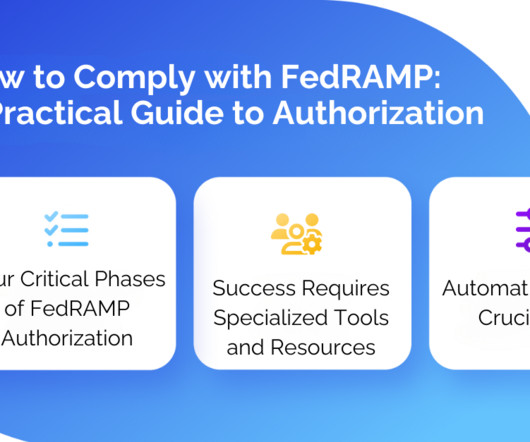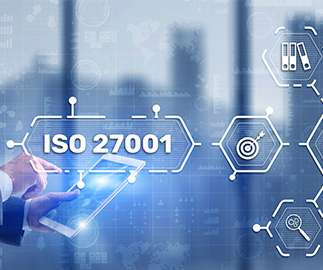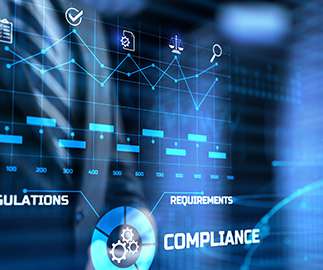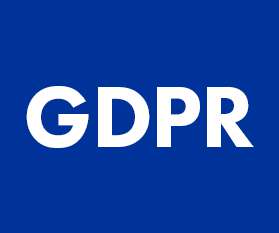The Most Overlooked Security Issues Facing the Financial Services
Solutions Review
SEPTEMBER 8, 2023
Securing storage and backup systems isn’t always obvious and isn’t always the focus of many CISOs or their teams. So, what is the big picture of securing storage and backup? Is this a Cinderella area in the pursuit of business security? Are we really rising to this challenge as CISOs and security leaders?




















Let's personalize your content